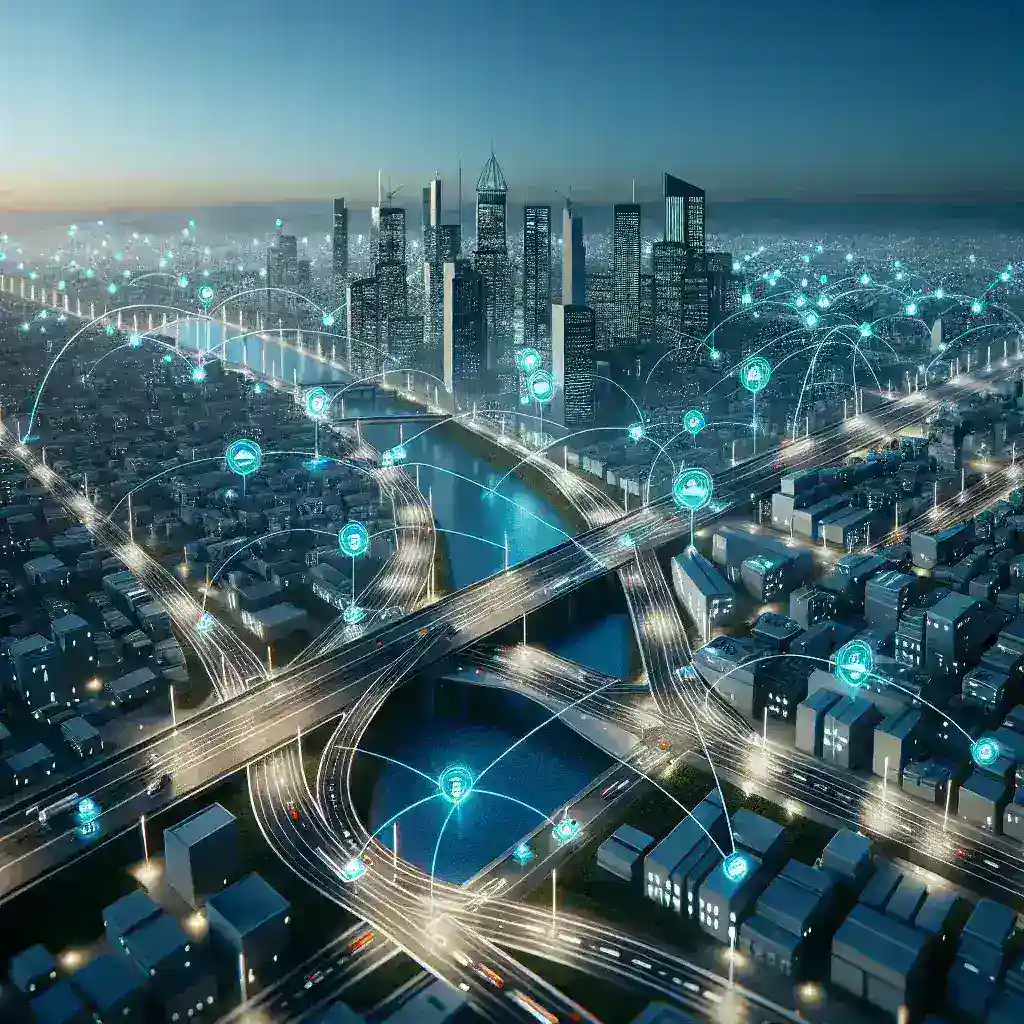Introduction
In our rapidly advancing world, the integration of technology into traditional sectors has led to significant improvements in efficiency, safety, and sustainability. One of the most transformative advancements is the adoption of Internet of Things (IoT) sensors in smart infrastructure projects. These technologies are not only reshaping urban landscapes but also revolutionizing maintenance practices by allowing for early alerts regarding infrastructure issues.
The Evolution of Infrastructure Management
Historically, infrastructure management depended on regular inspections and scheduled maintenance, often leading to problems that were only addressed once visible damage occurred. This reactive approach frequently resulted in costly repairs, downtime, and potential hazards. With the advent of IoT technologies, however, this paradigm is shifting.
What are IoT Sensors?
IoT sensors are devices embedded in infrastructure that collect and transmit data in real-time. They can monitor various conditions such as temperature, vibration, humidity, and structural integrity, allowing for a comprehensive understanding of an asset’s health.
Benefits of IoT Sensors in Infrastructure
- Proactive Maintenance: IoT sensors enable proactive maintenance by sending alerts when specific parameters exceed acceptable thresholds, allowing for timely interventions.
- Cost Savings: Through early detection of potential issues, organizations can significantly reduce maintenance costs and extend the lifespan of infrastructure.
- Safety Enhancements: By monitoring structural integrity, IoT sensors help prevent accidents and ensure the safety of users.
- Data-Driven Decisions: The real-time data collected facilitates informed decision-making, enabling organizations to prioritize maintenance efforts based on actual needs rather than estimates.
Case Studies of Smart Infrastructure Projects
1. Smart Bridges
Many modern bridges are equipped with IoT sensors that monitor stress levels, temperature changes, and even traffic loads. For example, the George C. Page Bridge in California is outfitted with such sensors, which send alerts to maintenance teams when anomalous data patterns are detected, thus preventing catastrophic failures.
2. Smart Roads
Smart roads utilize embedded sensors to track the wear and tear of asphalt, monitor traffic flow, and detect environmental conditions. In cities like Barcelona, these roads allow city planners to gather real-time data, ensuring timely maintenance and reducing overall costs.
3. Smart Buildings
IoT sensors in smart buildings can monitor structural health, energy consumption, and environmental conditions. Systems installed in the Burj Khalifa provide valuable data that aids maintenance teams in identifying potential issues before they escalate, thus ensuring safety and efficiency.
Challenges in Implementing IoT Solutions
While the benefits of IoT integration are substantial, several challenges persist:
- Data Security: The influx of data creates potential security vulnerabilities, necessitating robust cybersecurity measures.
- Integration Issues: Retrofitting existing infrastructure with IoT technology can be complex and costly.
- Skill Gaps: There may be a shortage of skilled personnel capable of interpreting the vast amounts of data generated by IoT systems.
The Future of Smart Infrastructure
The future of smart infrastructure projects lies at the intersection of innovation and sustainability. As cities and organizations continue to embrace IoT technologies, we can expect a more connected, efficient, and safer urban environment.
Predictions for the Coming Decade
- Increased Adoption: More cities will adopt smart infrastructure solutions, driven by the need for efficiency and sustainability.
- Advanced AI Integration: Future IoT systems will likely integrate advanced AI analytics, enabling even more precise predictive maintenance.
- Stronger Regulations: As IoT becomes more prevalent, we can anticipate new regulations aimed at ensuring data privacy and security.
Conclusion
The integration of IoT sensors into smart infrastructure projects represents a significant advancement in how we manage and maintain our public assets. By enabling early alerts for maintenance, these technologies not only enhance safety and efficiency but also contribute to the sustainability of urban environments. As we look toward the future, the continuous evolution and adoption of smart infrastructure will play a crucial role in shaping resilient cities that can adapt to the challenges of tomorrow.




Leave a Reply